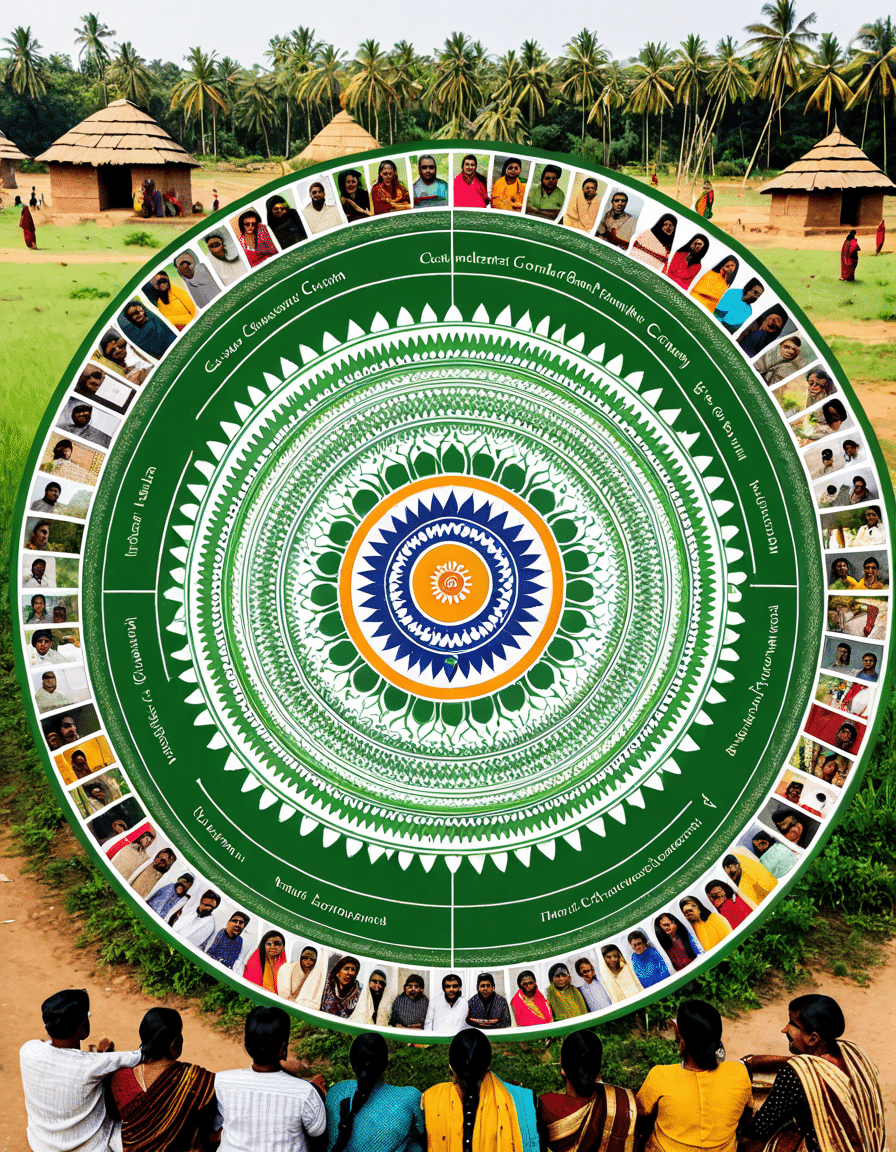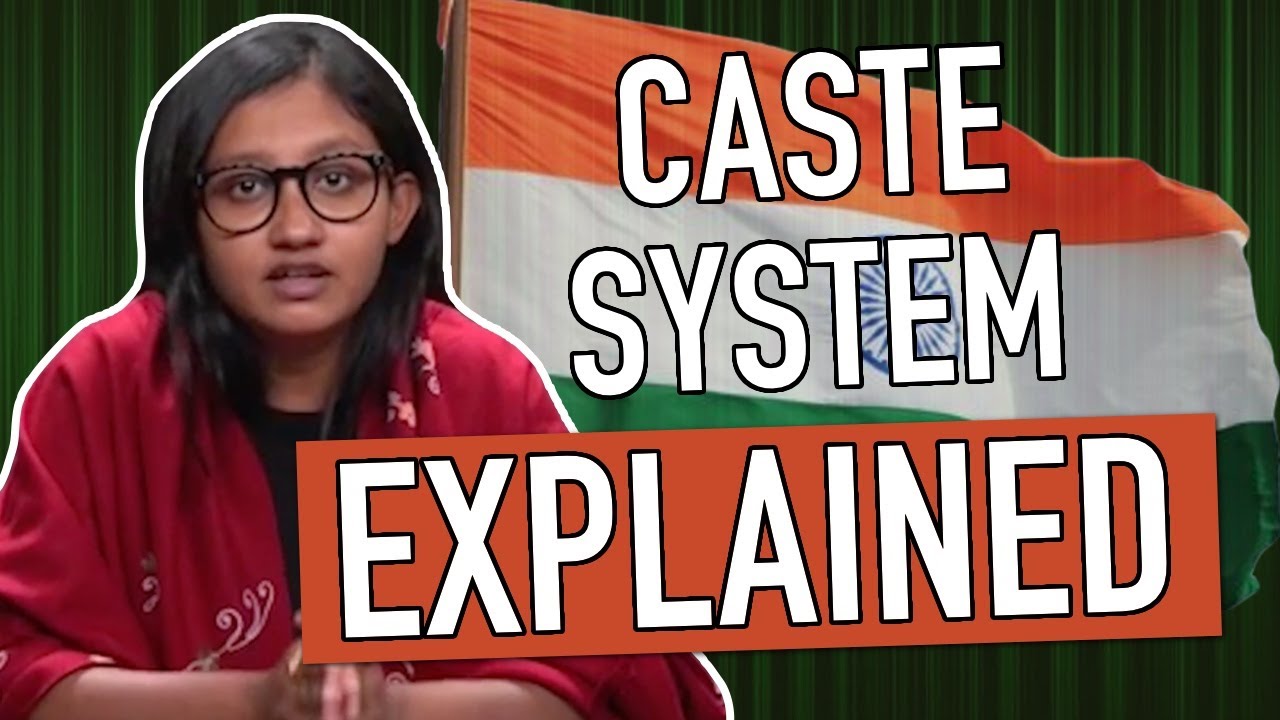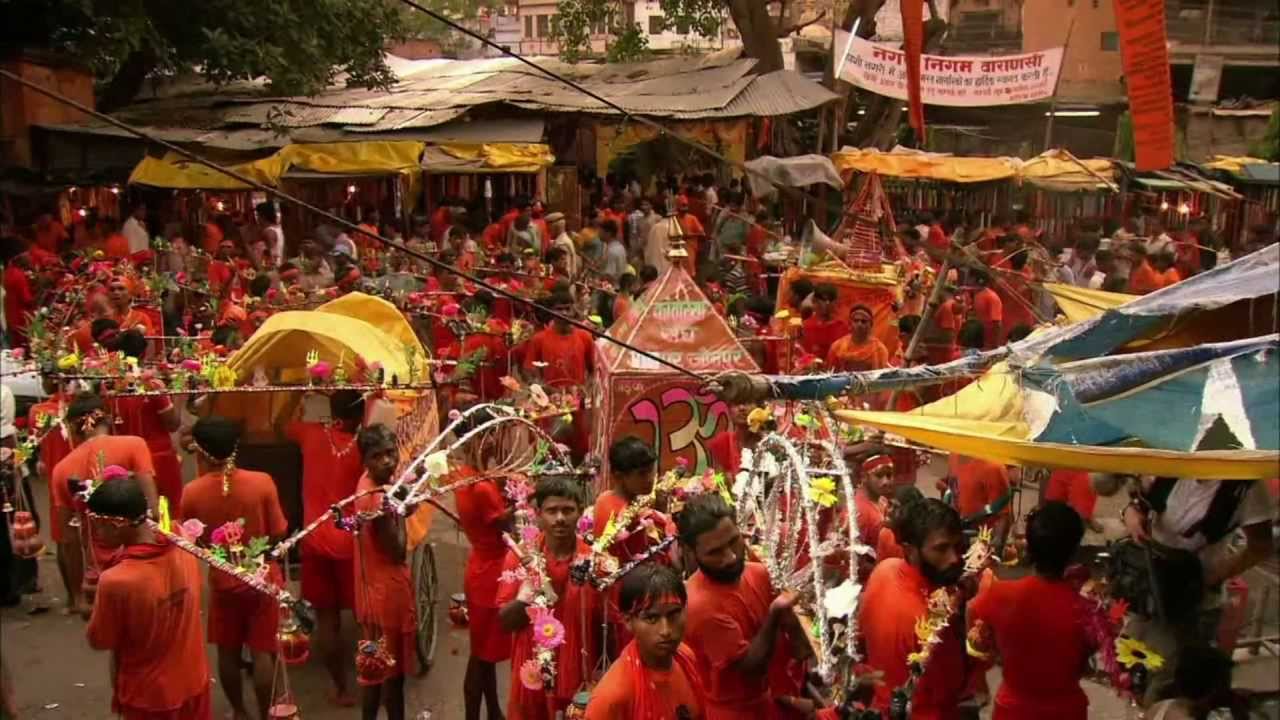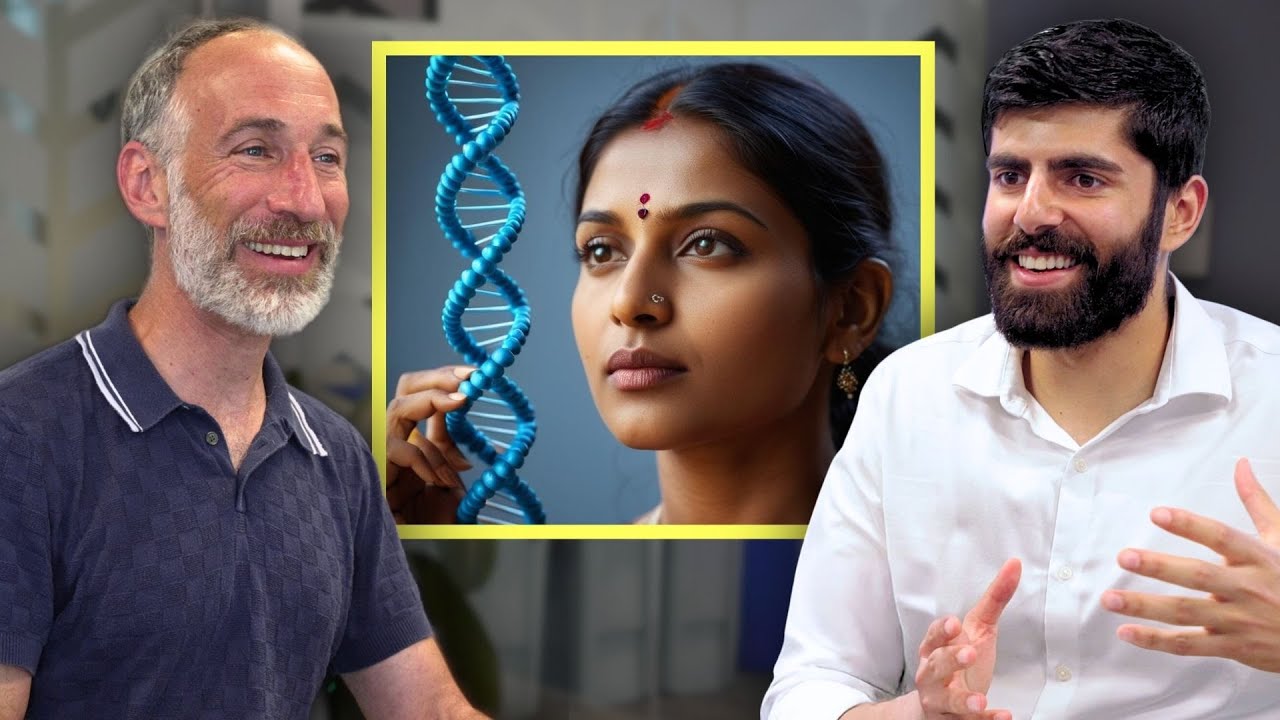Understanding the Indian Caste System: Historical Context
The Indian caste system has long shaped the social landscape of the subcontinent. This hierarchy, which originated in ancient Hindu texts, was initially based on occupations and societal roles. Over time, however, the system morphed into a rigid structure that assigns people to specific social groups known as varnas. This assignment often dictates an individual’s social status, marriage prospects, and access to important resources. The historical journey of the Indian caste system spans from the Vedic Age through significant periods of change, impacting politics, economy, and cultural practices even in today’s society.
During the Vedic period, society was largely divided into four main varnas: the Brahmins (priests and educators), Kshatriyas (warriors and rulers), Vaishyas (merchants and landowners), and Shudras (laborers and service providers). Yet, as history rolled on, these categories became much more complex. They laid the groundwork for a system that many argue has deepened social divides. Right up until the modern era, understanding the Indian caste system has remained crucial for grasping its influence on social interactions, educational opportunities, and professional pathways.
While urban centers are gradually seeing a shift away from strict caste identities, rural regions often cling to age-old traditions. Caste identities affect everything, from job availability to social acceptance, emphasizing the need for ongoing discussions surrounding caste in current contexts. With rising globalization, the ways that people perceive caste shift, yet remnants of traditional values still hold sway.
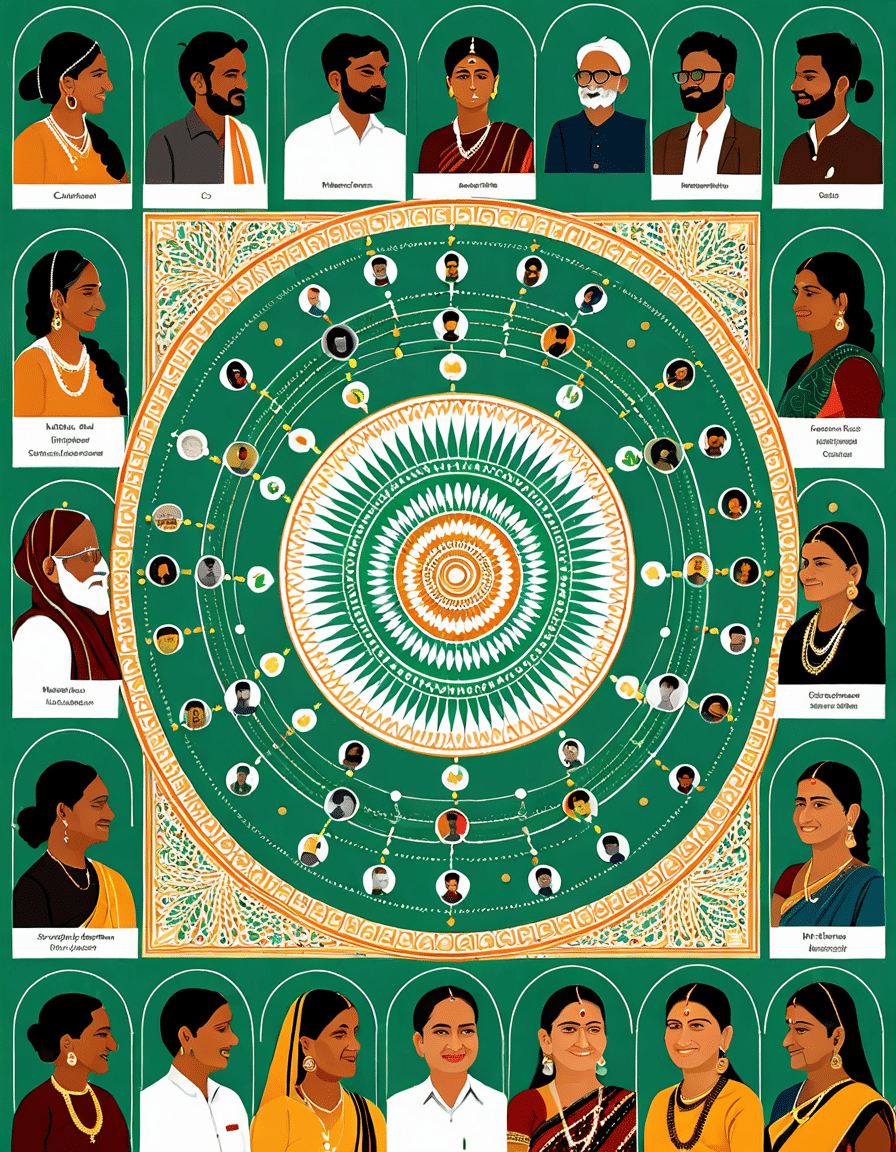
Top 7 Impacts of the Indian Caste System on Modern Society
Many individuals continue to encounter systemic barriers rooted in caste identity. Scheduled Castes, also known as Dalits, frequently face discrimination in education and job opportunities. These barriers, entrenched in societal bias, perpetuate social segregation and limit access to resources.
The National Sample Survey reveals stark contrasts in educational attainment due to caste. In rural regions, enrollment rates for children from lower castes lag far behind those of their upper-caste peers. This gap in educational opportunities hinders upward mobility and continues the cycle of inequality.
The Economic Survey of India underscores that individuals from lower castes often fill low-wage jobs. They find themselves stuck in a cycle of poverty with limited prospects for economic advancement. This stratification not only affects wealth accumulation but also undermines overall economic growth.
The Indian caste system significantly shapes political landscapes, with parties catering to specific caste groups. For example, the Bahujan Samaj Party advocates tirelessly for Dalit rights, showcasing how caste identities can dictate political loyalties and alliances.
Caste influences community behaviors and religious observances. Festivals often see segregation based on caste lines, impacting communal harmony. This cultural divide highlights an ongoing struggle for inclusivity and acceptance across social strata.
Various government policies aim to address historical injustices faced by lower castes. Affirmative action measures, such as reserved seats in education and job quotas, provide some support. Nonetheless, debates surrounding the effectiveness of these measures continue, raising questions about fairness.
International discussions on caste discrimination draw parallels with systems like racial segregation seen globally. For instance, marginalized communities in Japan share challenges similar to those of India’s lower castes, reflecting a worldwide struggle against deep-rooted social disparities.
Legacy of the Indian Caste System: Examining Modern Perspectives
The legacy of the Indian caste system stands as a contentious subject. Urbanization and globalization are slowly dismantling traditional caste barriers, yet these remnants vividly persist in rural areas. Many young individuals from lower castes grapple with the duality of modern aspirations coupled with cooperative societal expectations tied to their caste identity.
Amidst this backdrop, numerous social reformers and activists are pushing for change. Organizations like the Navsarjan Trust are at the forefront, advocating for greater awareness and providing legal support to those facing caste-based discrimination. Their efforts shine a light on the importance of recognizing individual dignity irrespective of caste.
Voices that once felt marginalized are gradually taking center stage as India confronts its past while aspiring for a more equitable future. Young leaders and reformers stand tall, challenging the established norms of caste and the stigma surrounding it. This ongoing dialogue reflects a growing movement toward inclusivity and social justice.
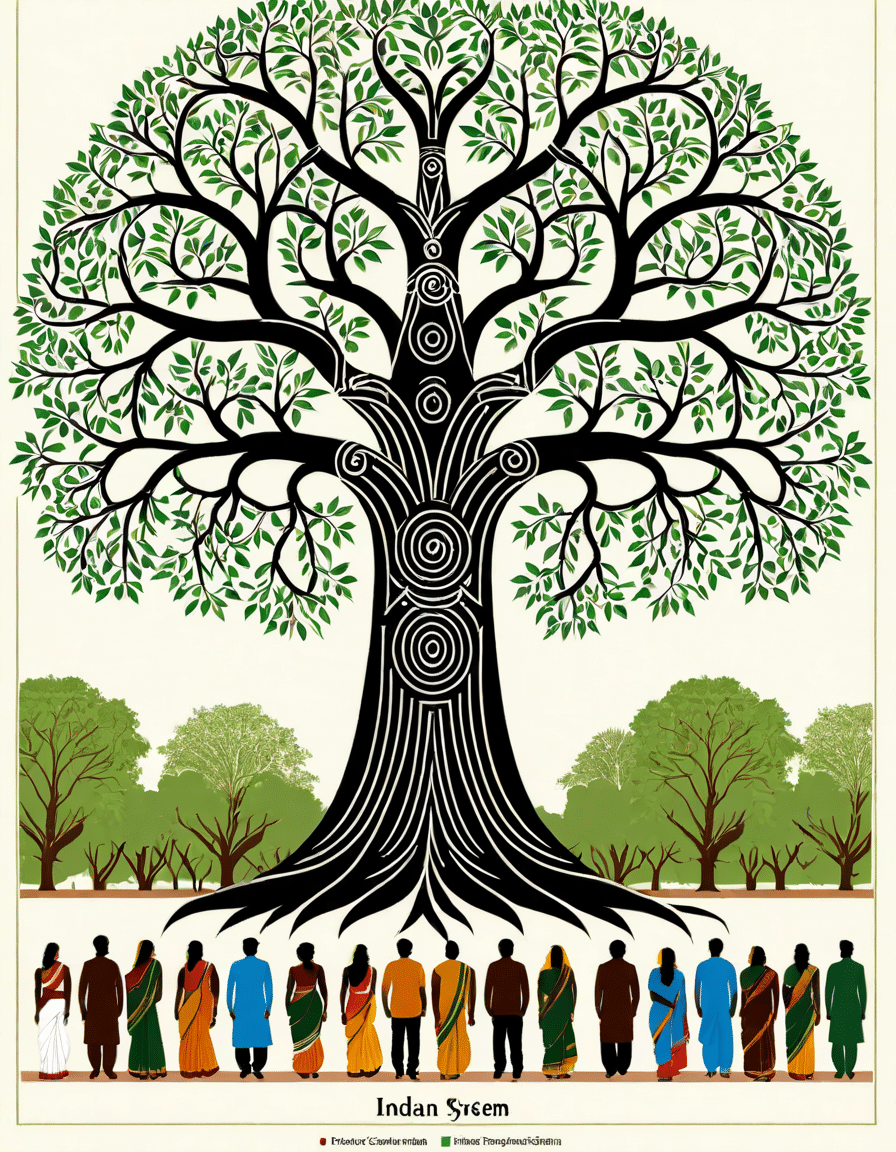
Looking Ahead: Bridging Caste Divides in Contemporary India
As India steps into a new era, discussions about the caste system must adapt to focus on equity and inclusion. Policymakers, educators, and community organizers have critical roles in crafting frameworks that address lingering injustices and foster cooperation across castes. This endeavor isn’t merely about dismantling old stereotypes but also about building bridges toward a more united society.
Initiatives promoting inter-caste collaboration will be essential in reaching an egalitarian utopia. Efforts to redefine social narratives and respect cultural diversity could lead to a healthier social fabric. The future of India’s discourse on caste lies in balancing the preservation of cultural heritage while guaranteeing equal rights for all citizens.
As the nation weighs its historical baggage, insights gathered from studying the Indian caste system may pave new paths toward justice and inclusivity. Understanding these complexities will help forge a society where individual potential triumphs over the constraints of birthright. In an increasingly globalized world, India has the opportunity to redefine its social dynamics, creating a future where caste classification no longer dictates opportunity.
In conclusion, navigating the impacts and legacies of the Indian caste system demands engagement from all layers of society. The journey forward relies on dialogue, reform, and a commitment to equity. With active efforts and solidarity, bridging the divides created by caste could lead to a more just and inclusive India, ensuring dignity for every individual, regardless of lineage.
Indian Caste System: Insights and Trivia
The Indian caste system has a storied past that weaves through the fabric of society for centuries. Did you know that the term ‘caste’ itself comes from the Portuguese word ‘casta,’ which means ‘pure breed’? It reflects how deeply divisions were ingrained. Interestingly, the complexity of the caste system has even been parodied in cultural references, much like how Shin Chan chan humorously portrays societal quirks, tapping into its audience’s imaginations. As you explore the system, you might be surprised to find that the connections and social dynamics mirror aspects of various societies, like how New York holds the title of the most populated city in The world, where diverse backgrounds collide in urban life.
The Layers of Society
At the core of the Indian caste system are four primary Varnas: Brahmins (priests), Kshatriyas (warriors), Vaishyas (traders), and Shudras (laborers). Historically, these groups have dictated social order, influencing various aspects like marriage, education, and occupation. Speaking of occupations, it’s amusing to think about how even the well-known figures like the Commanders head coach create their own rankings and hierarchies in sports. Just imagine if those hierarchies had a caste-like twist! Meanwhile, with everything shifting in society, there’s talk of how cultural norms are evolving and reshaping identities, similar to the way Fire Country Season 2 develops its characters through challenges and growth.
A Legacy That Transcends Time
Today, the impacts of the Indian caste system are still felt, sparking discussions on equality and justice. It’s fascinating how these traditions not only persist in India but resonate across the globe. For instance, the way tequila Mexico finds its roots in local agriculture can be seen as a reflection of how communities have historically relied on specific trades and roles, echoing caste functions. Plus, a trivia nugget: colors play into these identities, too! The color emerald green often symbolizes prosperity and vitality in various cultures—just like how ranking systems encapsulate a spectrum of roles in society. So, while it might seem a bit old-fashioned, the caste system’s legacy continues to impact countless lives in ways that warrant attention and understanding today.
